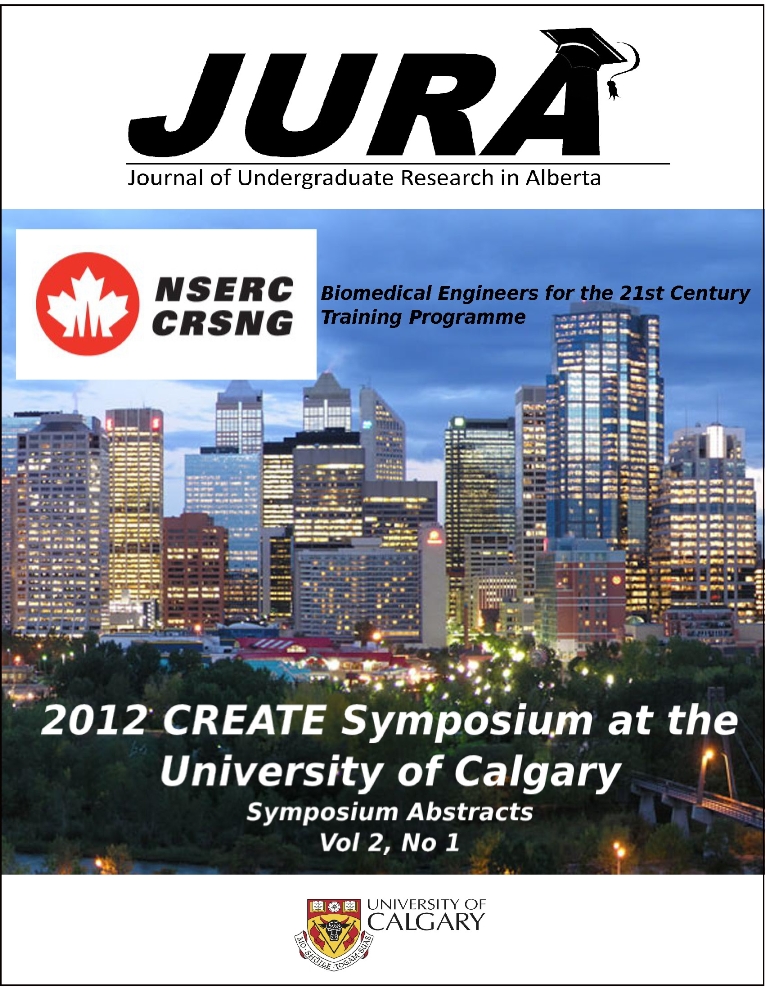Human Ankle Function and Performance in Sprinting
Abstract
During sprinting, the ankle absorbs energy while flexing and performs work whileextending, with the total mechanical work done by the ankle joint surpassing that of theknee and hip joint combined.1 Ankle joint moment and angle have been observed as aclosely coupled system, and therefore validates modelling the joint as a torsion spring.2Therefore, the ankle exhibits characteristics with potential for mechanical enhancementto athletic performance. Thus, the purpose of this project was to begin a researchinitiative to improve ankle function through angular spring behaviour optimization.Previous studies have reported ankle joint stiffness characteristics, but the literatureis somewhat limited. This study began with biomechanics analysis performed onkinematic and kinetic normative data collected from the initial phases of maximaleffort sprint starts. Joint moments were calculated through inverse dynamics and jointstiffness was determined during the loading and unloading phases from linear fitsto the ankle angle moment relationship. Results showed that loading stiffness wasalways larger than unloading stiffness, with loading stiffness decreasing and unloadingstiffness increasing with the number of steps from sprint start. The second part of thisstudy initiated development of ankle apparel that modifies joint stiffness. The anklejoint can be enhanced in its spring-like behaviour through the addition of externalsprings, acting as supplemental elements in parallel with the joint musculature. Thesuccess of lower leg amputee leaf-spring prosthetics, which completely replace theankle joint, further support the use of external springs. A working prototype wasdeveloped, implementing a brace design independent of the shoe and incorporatingadjustable stiffness and resting length spring elements. Design characteristics such asweight, comfort, and ease of use were also accounted for. Future studies involvingthe ankle brace will determine what functions and levels of stiffness have beneficialimpacts on performance.Downloads
Download data is not yet available.
Downloads
Published
2012-10-25
Issue
Section
Articles
License
Authors retain all rights to their research work. Articles may be submitted to and accepted in other journals subsequent to publishing in JURA. Our only condition is that articles cannot be used in another undergraduate journal. Authors must be aware, however, that professional journals may refuse articles submitted or accepted elsewhere—JURA included.


